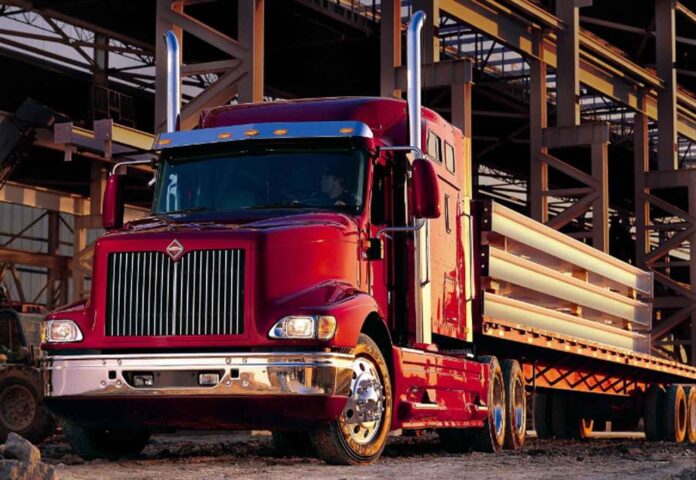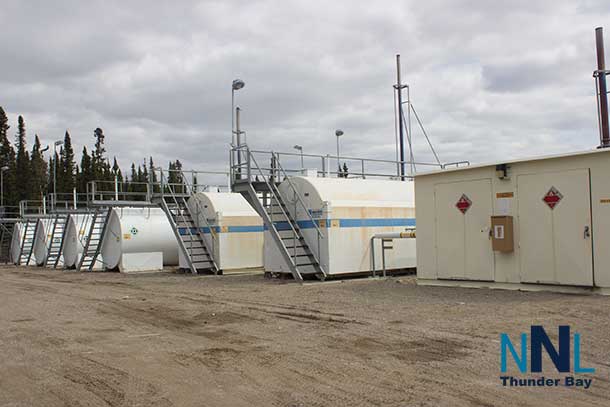Biofuels, including sustainable aviation fuel (SAF) and renewable diesel, are making their way onto the fuel scene, providing a more sustainable approach to acquiring highly demanded fuels. E-fuels are also emerging quickly, beginning to show even more sustainable fuel manufacturing approaches with long-term benefits. IDTechEx’s recent report “Sustainable Biofuels & E-Fuels Market 2025-2035: Technologies, Players, Forecasts” explores the maturities of various fuels, the technologies used to produce them, as well as the key players and projects surrounding these fuels.
SAF and new regulations
Chemically identical to regular fossil fuels, SAF and renewable diesel are compatible with existing vehicles and infrastructure, already proving their efficacy with EU and US regulations, which now require certain percentages of these fuels to be blended with regular diesel and aviation fuel. SAF has seen some of the most hype in the biofuel sector due to its more recent development, as well as the regulations emerging which address the need for aviation decarbonization. The UK and EU are leading in terms of SAF blending mandates, with targets of 10% and 6% of SAF blended into jet fuel by 2030.
Sustainability and renewable diesel
Bioethanol arrived as the first major biofuel, made from fermenting sugar and starch from food crops, followed by biodiesel which originates from vegetable oils. Both have proved to be problematic due to competition with the food production industry, sparking debate over land and water use. Acquiring some of the oils required for biodiesel, including palm oil, also negatively affected the environment due to the resulting land deforestation in countries such as Indonesia, so it could no longer be deemed a sustainable option.
Renewable diesel came about as an alternative to biodiesel, bringing along the benefits of having a very similar molecular formulation as regular fossil diesel, as well as its ability to be easily blended with conventional fuel up to 100%. Renewable diesel is made from waste cooking oils and animal fats that are treated with hydrogen, upgraded and distilled into different fuels through a major process called HEFA. It is now commercialized in the US and the EU, and while it is mostly used for road vehicles such as trucks and buses, renewable diesel can also be used by ships. Notably, the shipping sector is also considering the use of other sustainable fuels like hydrogen, ammonia, and methanol.
The emerging e-fuels
E-fuels are renewable synthetic fuels that originate from renewable electricity, making them a great sustainable option. They are made from hydrogen and captured CO₂, with renewable electricity to power the process. To make these fuels carbon neutral and as environmentally friendly as possible, green hydrogen is firstly produced from renewable-energy-powered electrolysis, while CO₂ is captured from biogenic sources or through direct air capture. Capturing and recycling CO₂ from heavy industries is another viable option, although this provides less environmental benefits. The methods of sourcing these gases can allow e-fuels to avoid leaving traces of damaging environmental effects.
Small-scale demonstration projects with first-of-a-kind plants are where e-fuels currently sit, with only a few companies demonstrating the technology on a commercial scale. Despite e-fuels being quite a way off from being blended into fossil fuels, it is a hope that they will be produced and blended in high quantities in the future. High costs of production are currently one of the barriers preventing e-fuels from reaching commercialization, with e-SAF costing anywhere from 4-10 times as much as conventional jet fuel, making it clear that strong regulatory support and significant corporate funding is necessary for e-fuels to take off.
The wider market
Biomass and bio-feedstocks are a limited resource, and with the current popularity of car electrification, there is a need for the remaining part of the transport sector to keep up with the decarbonization movement. Shipping and aviation sectors can be tricky to electrify in the same way as cars due to battery weight complications, so this gap in the market is where biofuels and, eventually, e-fuels can provide alternatives to the current domination of fossil fuels. E-fuels can become a great option due to the theoretical unlimitedness of feedstocks as well as an effective route to recycling CO₂ emissions. Regulation is a key driver for new technologies, with a need for government subsidies to enable biofuels and e-fuels to assert themselves within the transport sector. For more information, see the report “Sustainable Biofuels & E-Fuels Market 2025-2035: Technologies, Players, Forecasts” at www.IDTechEx.com/Biofuels.
About IDTechEx
IDTechEx provides trusted independent research on emerging technologies and their markets. Since 1999, we have been helping our clients to understand new technologies, their supply chains, market requirements, opportunities and forecasts. For more information, contact research@IDTechEx.com or visit www.IDTechEx.com.






